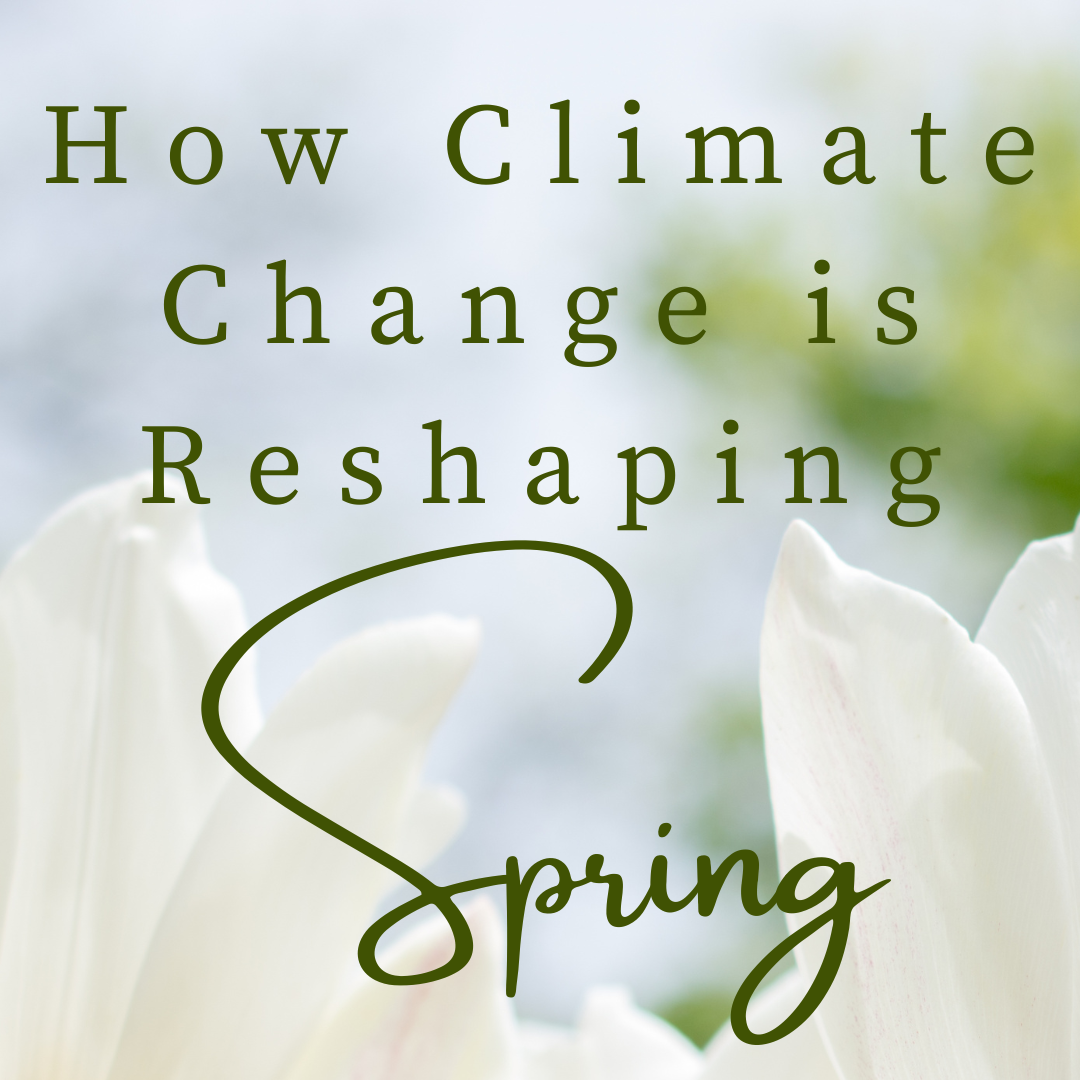Find out how to care for a peach tree in our detailed peach tree care guide. Learn how to repot, plant and feed your tree.
How to Care for a Peach Tree
In this blog post we’ll give you tips and tricks on peach tree care, find out how to plant, repot and prune your tree.
Peach Tree Quick Facts:
- Latin name: Prunus Persica
- Hardiness: Fully hardy, but susceptible to frost damage in Spring
- Pollination: Self Fertile
- Height and spread: Variable. Dependant on rootstock.
- Flowering: Spring
- Harvesting: July-August
- Difficulty: Moderate
 While we think of peaches and nectarines as being two different fruits, in actual fact they are exactly the same species. The only difference is one gene; if that gene is recessive, the result is smooth-skinned nectarines. If it is dominant, then fuzzy peaches are the outcome.
While we think of peaches and nectarines as being two different fruits, in actual fact they are exactly the same species. The only difference is one gene; if that gene is recessive, the result is smooth-skinned nectarines. If it is dominant, then fuzzy peaches are the outcome.
Unsurprisingly then, when it comes to growing requirements and care, nectarines and peaches can be treated identically. Originally from NW China, peaches and nectarines feel like a very exotic fruit to be growing in a British garden. But your peach tree has every chance of producing a fantastic crop in warmer parts of the UK. We would not advise growing them in Northern England, Scotland and parts of Ireland.
Remove your tree from its packaging as soon as possible after receiving it, and store it in a suitable place until you are ready to plant it. In winter, we advise storing in a shed or garage to prevent frost damage.
Rootstock
The rootstock that your tree has been grafted onto will control its eventual height, so knowing the rootstock in advance will help you to choose the right size of tree for your garden. The individual rootstocks for each variety can be found on the product page on our website.
Our dwarf bonfire tree will grow to a maximum height of 1.5m/4-5ft and is perfect for growing in a pot. These modern dwarf varieties are much less tender than traditional peach and nectarine stock and require very little pruning to maintain a good shape.
Montclare is a semi-dwarfing rootstock and peach/nectarine trees on this rootstock can grow to around 3m/9-10ft. These peach trees are not suitable for pot growing, so must be planted in the ground.
If your tree is on St Julien A rootstock, it is a semi-vigorous variety that will grow to a maximum of 4.5-5m/14.5-16.5 ft. This tree is only suitable for planting in the ground, and cannot be pot grown.
Planting
If you have gone for a larger peach tree, grafted onto St Julien A or Montclare rootstocks, your tree will need to be planted into the ground.
Choosing where to plant your tree is of vital importance, as fruit trees need plenty of sun to ripen fruit and are also susceptible to frost damage. A south-facing wall would be ideal, as the wall would retain and radiate warmth throughout the year and the tree could be fan trained against it. If that is not possible, any location with at least six solid hours of full sunshine in summer will work. Your tree will do best if planted into deep, well-drained, loamy soil with a ph balance of around 6.5. The soil may need to be raked beforehand to remove clumps.
Water the pot thoroughly an hour before you are planning to plant. Remove the tree from its container and gently tease out the roots. Dig a hole roughly three times the width of the tree's roots, but no deeper. Then plant the tree with the bud union at ground level. Backfill any gaps with a soil and compost mix. Use a supporting stake to anchor the tree until the root system is strong enough to support the tree unaided.
Pruning
When grown against a wall, peaches and nectarines can be trained to grow in a fan shape, which improves productivity. For further information on fan training peach trees, the RHS have a great guide to the initial training of the tree. Alternatively, you can grow your fruit tree on an open site in a more traditional bush shape.
As fruit will only grow on year-old stems, any pruning should aim to replace fruited wood with new. Prune your tree in spring, but not during or immediately after flowering. Always aim to:
- Remove any branches that are growing towards the centre of the tree instead of pointing outwards, as these will not get enough sunlight to produce fruit.
- Remove any branches that are dead, diseased or dying.
- Rub out any buds or suckers that form on the stem or rootstock of the tree.
Repotting
If you are growing a dwarf tree, it will grow quite happily in a pot - perfect for smaller gardens or patios. Repot your tree into a larger container in the first 12 months, then every two-three years until it reaches its full height. Look out for the following signs that your tree is ready for a new home:
- does the tree look less healthy than it used to?
- does it seem to dry out quicker?
- are there roots growing out of the holes in the bottom of the pots?
- has the peach/nectarine tree been in the same pot for three years or more?
Remember to always choose deep pots with drainage holes! Try to repot in the winter months to minimise the risk of damaging the roots.
Tips for Repotting
- the soil in the pot should be slightly moist; water thoroughly an hour before repotting to achieve this.
- loosen the soil around the edge of the pot and pull the tree out by the base of the main stem
- if you are moving your tree to a bigger pot, add some extra soil into the bottom before you insert the plant
- fill in with a mix of soil and compost.
- water the plant thoroughly, and keep it well watered for several weeks.
Once the tree is fully grown, it will be too big for repotting, but you will still need to replace 30-50% of the compost every other year, so the tree does not exhaust its supply of nutrients.
Feeding
Feeding your peach tree will help it to gain all the nutrients it needs to fruit. February is an ideal time, and we would advise using a potassium-rich granular fertiliser according to packet instructions.
It is also advisable to also feed pot grown trees every few weeks while they are fruiting, with a liquid tomato feed.
Mulching
Mulching is the term used for the layer of organic material that is placed on top of the soil around your plants every year. It has a whole host of benefits, including keeping the soil moist and nutrient-rich throughout summer and discouraging weeds. The best time to do this is in March/April.
First, prepare the ground by removing debris and weeds and water the surface of the soil if it is dry, Apply a thin layer of well-rotted manure or good garden compost all around the tree - we suggest using John Innes No. 3.
Watering
We advise you to water your tree regularly until the plant is established. Once this point is passed, the plant will only require watering in times of drought, or in very hot periods of spring and summer. Make sure you always water the roots and avoid getting water on the leaves of the plant, as this encourages disease.
When fruit trees are grown in containers, they will have more restricted access to water than those growing in the garden. so will need watering with greater regularity, possibly every day during summer.. As a rule of thumb stick your finger into the first inch of topsoil and if it feels medium dry, water immediately.
Fruit and Flowers
Peach trees are very early flowering and can respond to any sustained rise in temperature by bursting into full bloom. These early blossoms are very susceptible to late frosts, which will mean little fruit. Protect the blossoms with a horticultural fleece at night, ensuring that it does not touch the tree blossoms. Uncover the tree in the daytimes so it gets plenty of light.
While the tree is self-fertile, you can increase fruiting by carrying out hand pollinating after blossom appears. Take a very small paintbrush and press it into every bloom. After a couple of years, fruit should appear in summer. At this point, it might be an idea to invest in a fruit cage or fruit netting to deter birds.
You may need to thin the fruit (which should be done when the fruits are about the size of a 20p coin). Any fruit that looks misshapen or bad should be the first to go. After that, any cluster with more than three or four fruits should be thinned. This will allow remaining fruit to grow to a larger size. The fruit should be ripe by July/August and is ready for picking.
Only pick fruit that is fully ripe, and preserve by making into jams and chutneys, or drying.
Browse our range of peach tree gifts and send a stunning, long-lasting tree gift to friends and family around the UK and Ireland.


